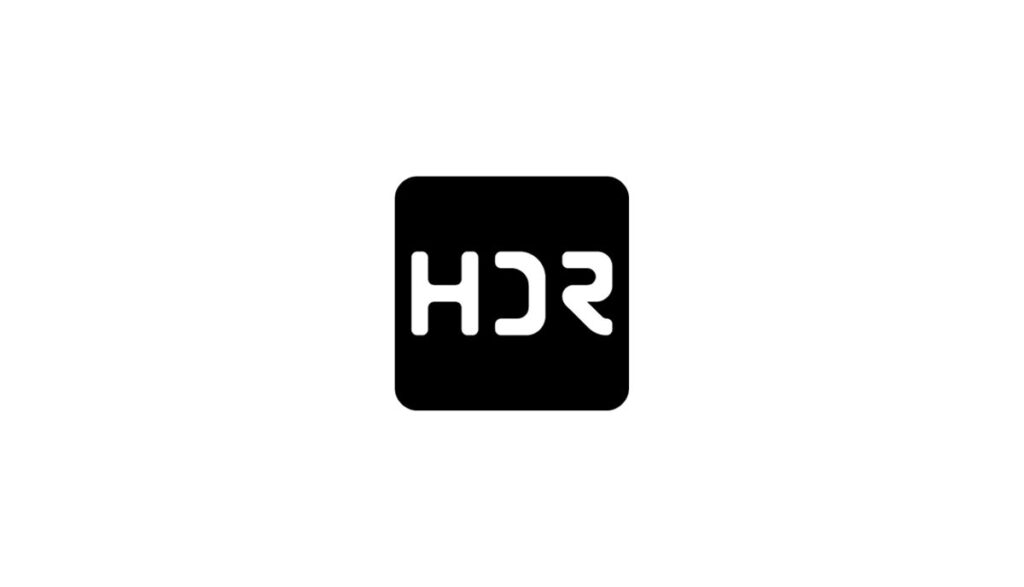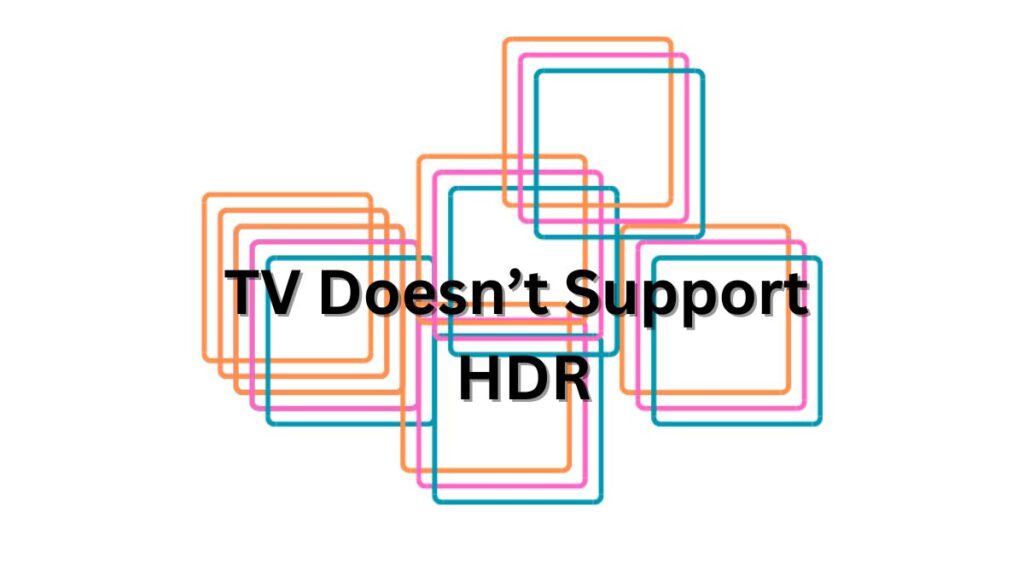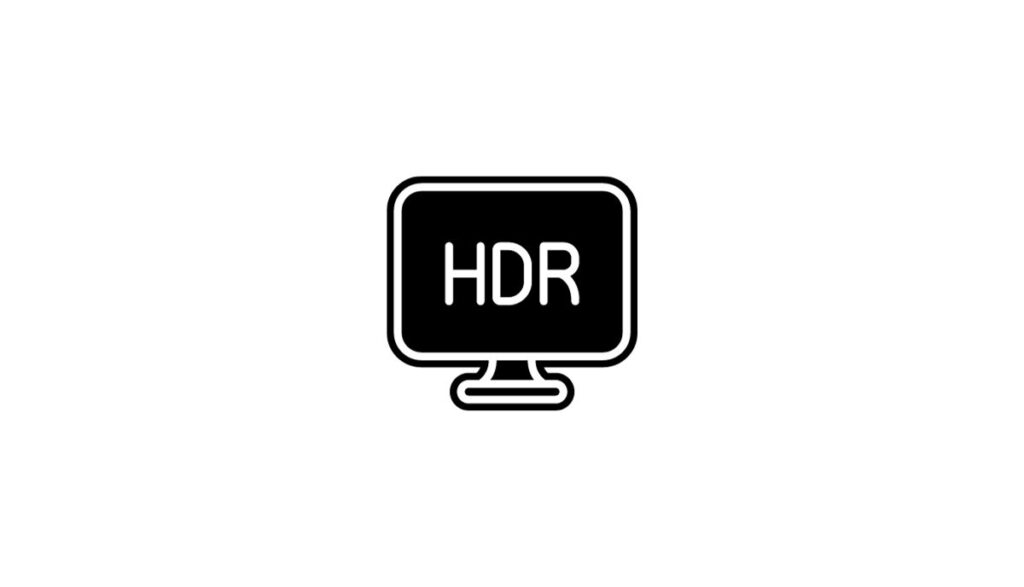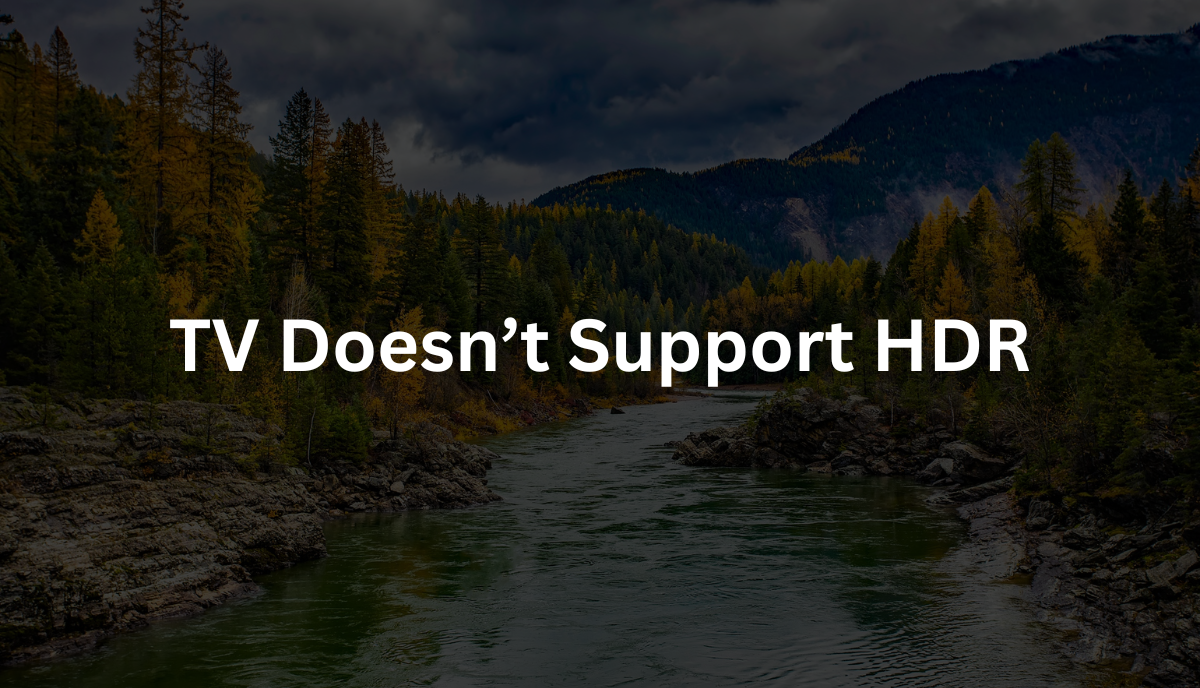HDR doesn’t get nearly as much love as it deserves, primarily because 4K tends to dominate most conversations about picture quality. A paper from IEEE Xplore looking at the transition from SDR to HDRTV noted that HDR was one of the generation’s biggest developments, capable of delivering a higher dynamic range and a wider color space than SDR.
But what makes HDR so special? Why does the technology attract so much interest in some communities? This is what you should know:
What is HDR?

Those letters stand for ‘High Dynamic Range.’ UHD (Ultra High Definition) or 4K gives you more pixels, which delivers a clearer, sharper image. HDR provides a broader range of dark and light tones, which allows the colors to pop.
Samsung has clarified that 4K and HDR do not compete with one another. Therefore, you don’t have to choose between them. More than likely, any new 4K TV you buy will include HDR. It would be more accurate to describe HDR as a format. It allows the many pixels in a 4K TV to do more.
Types Of HDR
HDR has numerous formats, including HDR10, HDR10+, Dolby Vision, Advanced HDR (Technicolor), HLG, and Dolby Vision. You should check your settings to identify the HDR format it supports. The content’s HDR format should match your TV’s capabilities.
Digital Trends has noted that content on streaming platforms and physical media is available in many formats. Therefore, you’re less likely to encounter movies and shows that don’t work with your setup.
How To Use HDR?
- Get an HDR-capable TV.
- You need a high-speed internet connection to stream HDR content. This is because many streaming platforms will only use HDR with their 4K content, which is demanding.
- Some streaming platforms only offer HDR with specific subscription tiers. Usually, you must pay more for better picture quality.
TV Doesn’t Support HDR- Why?

How come your TV doesn’t support HDR? Believe it or not, this problem is somewhat common. Keep an eye out for the following:
1). Your TV Doesn’t Support HDR
Sometimes, the error message is accurate. Your TV doesn’t have the specs to accommodate HDR. You can check the manual to confirm this theory. A TV cannot use HDR when it doesn’t have the tools to take advantage of the technology.
2). The TV Is Not HDCP-Compliant
Roku Support has noted that you can’t stream 4K HDR content without an HDCP-compatible TV or source device. They’ve included images of HDMI ports with HDCP labels. If you can’t see such ports on your TV, the device is non-HDCP-compliant.
If you own an HDCP-compliant TV but the error message has persisted, you connected the device to the wrong port. According to Benq, HDCP is a scheme that prevents cybercriminals from copying high-definition media without permission. Using a non-HDCP TV means tolerating low-quality pictures.
3). The HDMI Cable Is Bad
You don’t need a special HDMI cable to transmit HDR signals. Any high-speed HDMI cable will do, preferably one with a 48Gbps capacity. Keep in mind that cables can fail, especially when you store them poorly. You can compromise the picture quality by damaging the conductors.
4). The Source Device Does Not Have HDR
Like the TV, you need a source device that supports HDR. If your source device supports HDR, but the format doesn’t work on your TV, check the manual for instructions to enable HDR. Some source devices will send the appropriate HDR signal automatically when you connect the cable to the correct TV port.
5). You Don’t Have HDR Content
A paper from “Chris Seeger” (NBC Universal, LLC), published by The Internet And Television Association, noted that HDR content for live linear workflows is challenging. That has not stopped HDR from infiltrating every aspect of the entertainment arena.
That matters because you can’t take advantage of a 4K HDR TV’s capabilities unless you have HDR content. If your HDR TV has failed to impress you with the range of colors HDR promises, consider the possibility that you keep watching shows that don’t offer HDR. Streaming platforms will show you the available formats. Do you see HDR in the options?
6). You’re Using The Wrong Port
Sony wants consumers to plug the HDMI cable into an HDR-compatible TV port. Otherwise, HDR won’t work.
Troubleshooting A TV That Doesn’t Support HDR
- Check the settings in the source device. Make sure HDR is enabled.
- Go to the TV settings and check whether HDR is enabled.
- If you can’t see the HDR settings, make sure your TV and source devices support HDR.
- Are you passing the HDMI cable through other devices, such as a sound bar? Make sure those additional devices can also support HDR. Otherwise, you should replace them with HDR-compatible alternatives.
- Is your content coming from a streaming app? Use the app’s customer support line to determine whether it supports HDR. Some of them do. Others don’t.
- Does your TV have an HDR-compatible HDMI port with HDCP 2.2 support? You need HDCP-compliant devices. Don’t assume every port on your TV or source device is HDCP and HDR-compatible.
- Get a high-speed internet connection to stream 4K HDR content. Inspect your internet equipment for faults. Try resetting glitchy routers and reseating their cables.
- If your content comes from a streaming platform, pay for a premium plan with 4K HDR content.
- Replace damaged ports.
How Do I Know If My TV Supports HDR?
- The UHD Alliance unites the world’s biggest content distributors, technology companies, studios, and electronics manufacturers under the same umbrella. They establish performance requirements. Look for a UHD Alliance certification label on the TV’s packaging to prove that you have an HDR TV instead of a regular HDTV.
- Because 4K TVs typically include HDR, go to the settings and check the resolution (2160p) to determine whether or not your TV is 4K. A TV with the Dolby format supports HDR.
- If you go to ‘Picture Mode’ on a Sony TV, you will see the different formats at your disposal, including HDR.
- Look for ‘HDR-Video’ or ‘HDR-Vivid’ on the screen.
- Check the user manual.
- Contact the manufacturer.
Can I Upgrade My TV To Support HDR Content?

Most experts reject the idea of upgrading a TV to accept HDR signals. Either your TV supports HDR, or it doesn’t. You can’t overcome the following obstacles:
- Some people think a software update is all it takes to install HDR support in a TV. But how can the TV receive the HDR signal when it doesn’t possess the required HDMI hardware? It can’t read the HDR signal.
- Even if a non-HDR TV receives HDR signals, it doesn’t have the hardware to process them.
- Manufacturers want you to buy new HDR TVs. Creating software patches that add HDR compatibility to non-HDR TVs doesn’t benefit them.
Are There Alternative Ways To Enjoy HDR Content On A Non-HDR TV?
You can’t enjoy HDR without an HDR-enabled TV and HDR content. HDR TVs are usually 4K. They also support HDCP. A non-HDR TV can still display HDR content. However, it will ignore the HDR data.
What Are The Benefits Of Having An HDR-Compatible TV?
You don’t need an HDR-compatible TV to enjoy your content. However, the technology has benefits that make HDR TVs a worthwhile investment:
- HDR content is better looking than SDR (Standard Dynamic Range) content. The colors are brighter and more vivid. This becomes obvious once you watch HDR content. The images are more lifelike and comparable to what you might see in a cinema.
- You get a superior contrast ratio with HDR (the difference between the whites and blacks in a picture).
- 4K TVs with HDR have a Wide Color Gamut that avails a broader color palette. You get billions of shades from WCG’s 10-bit color as opposed to the millions of shades the 8-bit color offers. This elevates the realism because it adds more of the colors the human eye usually perceives.
- A more extensive collection of shades makes shifts in the color smoother.
- You can take advantage of the HDR content platforms like Netflix and Amazon Prime offer.
- It is worth noting that HDR displays are not all the same. Some are cheaper because their color gamut is smaller.
Is It Worth Considering A New TV For HDR Capabilities?
HDR delivers a broader spectrum of colors. You get higher-quality imagery than a non-HDR TV can provide. However, the technology is more of a luxury than a necessity. In fact, some viewers cannot differentiate between HDR and non-HDR content.
Therefore, a new HDR TV only makes sense if you’re unsatisfied with the picture quality of a conventional SDR TV.

